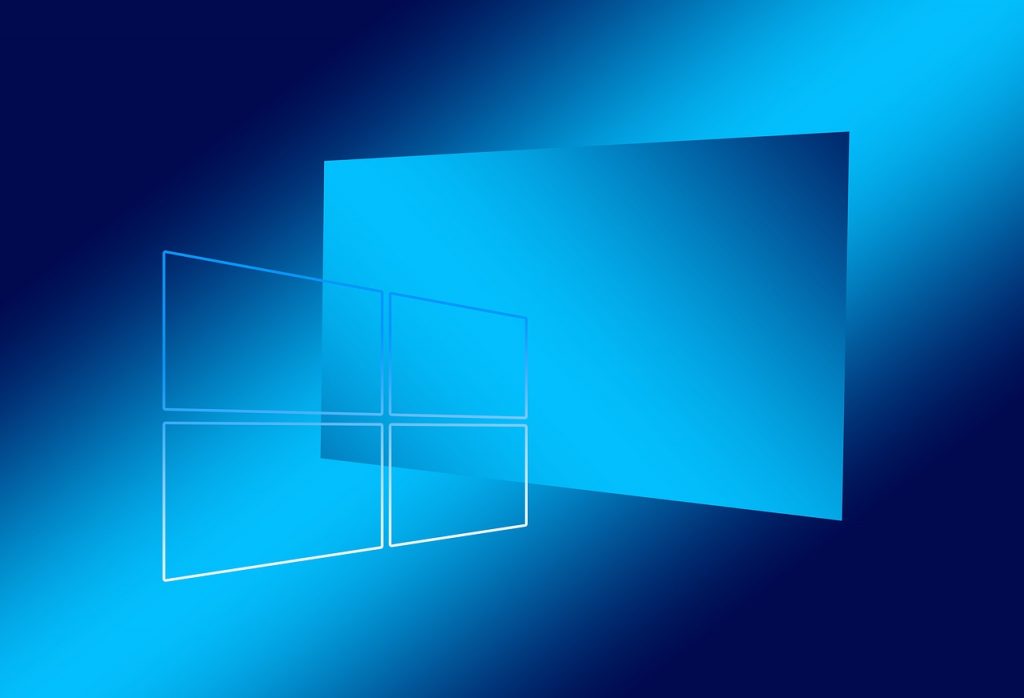The Pros and Cons of Open Source Operating Systems

Open source operating systems (OS) have become increasingly popular over the past few decades. An open source OS is one whose source code is freely available for anyone to view, modify, and distribute. This is in contrast to proprietary operating systems like Windows or macOS, whose source code is kept private by the companies that develop them. Some of the most well-known open source OSes include Linux, Android, and Chrome OS.
There are several potential benefits and drawbacks to using an open source OS compared to a proprietary one. In this essay, I will discuss the main pros and cons of open source operating systems in detail.
Pros of Open Source Operating Systems
There are several advantages that open source OSes have over their proprietary counterparts:
Customizability
One of the biggest benefits of an open source OS is that it can be freely customized and modified by users because the source code is accessible. For example, there are thousands of different Linux distributions or “flavors” that have been created by various individuals and organizations. This allows the OS to be tweaked and optimized for specific uses and hardware configurations. Proprietary OSes can only be modified by the company that owns them.
Security
The public availability of an open source OS’s code means that there are more people looking at it and testing it for potential vulnerabilities. Bugs and security flaws can be spotted earlier and patched more quickly when the developer community is actively reviewing the code. There is also less chance of secret “backdoors” being covertly inserted into publicly visible code. This open peer review process results in more secure software.
Cost
Open source OSes like Linux are generally free to download, use and distribute. Proprietary OSes can be quite expensive to license from the developer company. The free availability makes open source operating systems attractive for individual users and organizations with budget constraints.
Hardware Compatibility
Due to their open nature, open source operating systems tend to have better hardware compatibility. Their device drivers and other components can be adapted for a wide range of hardware configurations and uses. Proprietary OSes are limited by the hardware partnerships and drivers that the OS company develops.
Community Support
The public communities surrounding open source projects are an invaluable resource. They contribute bug fixes, security patches, new features and support through forums and online collaboration. Having a large community supporting and maintaining the code results in an OS that is more responsive to user feedback and feature requests.
Cons of Open Source Operating Systems
However, there are also some potential disadvantages to keep in mind when considering an open source OS:
Complexity for Beginners
The flexibility and customizability of open source operating systems comes at the cost of increased complexity. They often have many advanced configuration options that novice users may find complicated to work with. Proprietary OSes tend to be more user-friendly for casual computer users who just need basic functionality.
Fragmentation
The open nature of these operating systems means that different groups can take the code and modify it in any way they want. This leads to fragmentation, where there are multiple incompatible versions of the “same” OS. This can cause confusion for users and make maintenance more difficult over time.
Lack of Central Control
No single company or entity owns an open source OS. Development is decentralized and driven by online communities and volunteer programmers. This means feature additions and bug fixes can be inconsistent and infrequent. With a proprietary OS, the central company has full control over the developmental roadmap.
Limited Commercial Software Support
Since open source operating systems have a relatively small market share, most commercial software is built for the major proprietary OSes like Windows and macOS. There is less third-party application support available for niche open source OSes. Users may have to rely on open source or legacy software with fewer features.
Dependence on Developer Community
Open source projects live or die based on the developer community supporting them. If the community loses interest in an OS and stops maintaining updates for it, the operating system can become outdated and insecure over time. The long-term viability of the project relies on attracting talented volunteer programmers.
For Businesses and Organizations
When weighing open source operating systems versus proprietary ones for business or organizational use, there are additional factors to consider:
Advantages
– Lower licensing costs – Open source OSes avoid expensive proprietary license fees. This saves money, especially for large-scale deployments.
– Security through obscurity – Lesser-known open source OSes like Linux provide more built-in security since they are less targeted by attacks and malware compared to mainstream OSes like Windows.
– Vendor independence – Organizations avoid vendor lock-in when using an open source OS. This provides more flexibility to change platforms if needed.
– Highly customizable – Open source OSes can be tweaked to fit an organization’s specific IT infrastructure needs.
Disadvantages
– Lack of formal support – Paying for vendor support contracts can be difficult or impossible with community-driven open source projects. Lack of guaranteed support can be problematic for mission-critical systems.
– Skill requirements – Administrators must have sufficient technical skills to configure and maintain complex open source systems that lack turnkey solutions.
– Interoperability issues – Existing infrastructure may require proprietary technology that lacks compatibility with open source alternatives, necessitating expensive system upgrades.
– Fragmentation – Organizations may have to carefully test configurations across multiple OS distributions or versions to find the most stable and reliable ones for their needs.
– Hidden costs – While license fees are absent, the cost of employee training time, custom deployments, and maintaining the OS must also be accounted for.
Conclusion
Open source operating systems provide noteworthy advantages in terms of cost, security, and customizability. However, the downsides like complexity and lack of support emphasize why proprietary commercial OSes like Windows still dominate desktop and laptop computers used by average users who prioritize usability.
For servers, databases, and other backend infrastructure, open source OSes like Linux are widely utilized in businesses and organizations. Their flexibility provides benefits for complex IT environments with specific needs. The cost savings and vendor independence are also compelling factors for enterprise use.
Overall, open source OSes are a viable alternative to commercial OSes, but have some inherent trade-offs. The optimal choice depends significantly on the use case, level of technical expertise available, andwhether the benefits outweigh the disadvantages for a particular operating environment. Businesses must carefully weigh both the pros and cons before deciding if an open source OS suits their technology infrastructure needs.








